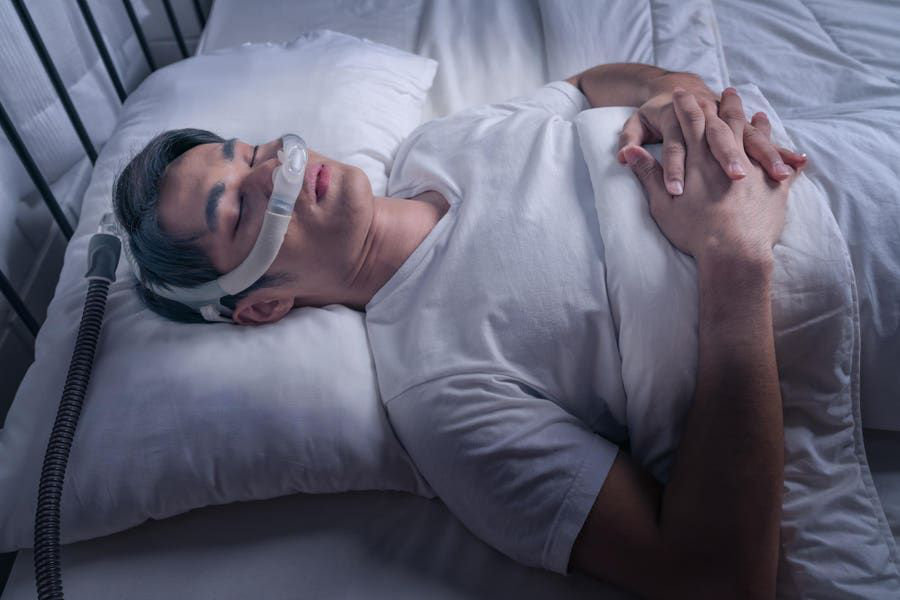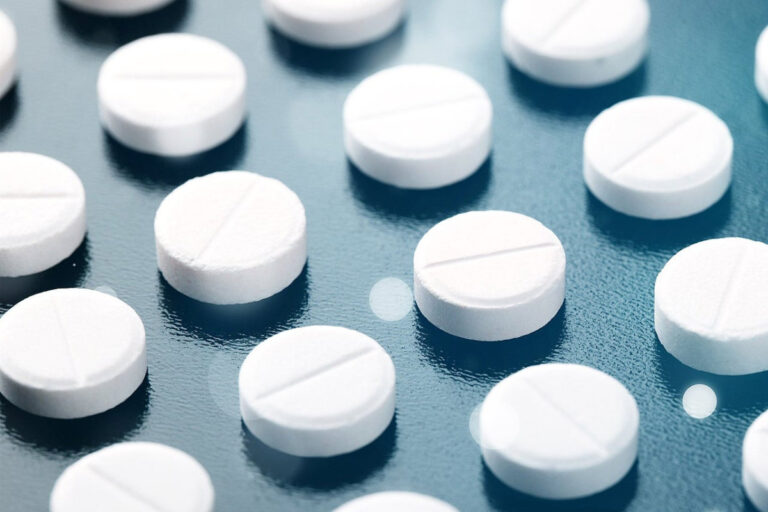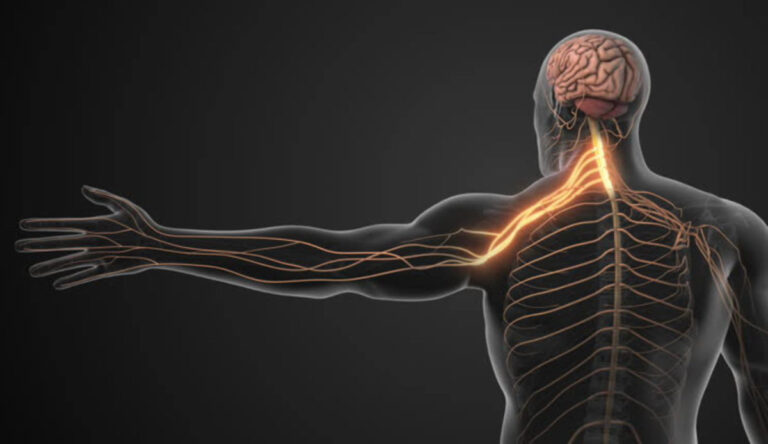Benefits of Modafinil for Obstructive Sleep Apnea Patients: What You Should Know
Obstructive sleep apnea (OSA) is a long-term sleep disorder where the airway repeatedly closes or narrows during sleep. This leads to poor-quality rest and excessive daytime sleepiness (EDS). Continuous positive airway pressure (CPAP) is the main treatment, but many patients still feel tired during the day even when using CPAP correctly. Modafinil is a medication that can help reduce this persistent sleepiness.
What Is Modafinil?
Modafinil is a prescription medicine that promotes wakefulness. It is not an amphetamine, and it has a lower risk of abuse compared with older stimulants (Greenblatt & Adams, 2023).
In the United States, the Food and Drug Administration (FDA) has approved modafinil for narcolepsy, shift work disorder, and excessive sleepiness due to OSA (U.S. Food and Drug Administration, 2015). It should be used as an add-on to CPAP, not as a replacement for it.
How Does Modafinil Help in OSA?
Reduced Daytime Sleepiness
A clinical trial with untreated mild to moderate OSA patients found that taking 200 mg of modafinil daily reduced Epworth Sleepiness Scale (ESS) scores by 3.6 points compared with placebo, a meaningful improvement (Chapman et al., 2014).
Improved Cognitive and Driving Performance
The same study showed that modafinil improved driving simulator performance and reaction time, suggesting safer alertness in everyday activities (Chapman et al., 2014).
Enhanced Wakefulness in CPAP Users
In patients already using CPAP but still sleepy, a randomized controlled trial found that 51 percent of patients on modafinil achieved normal ESS scores compared with 27 percent on placebo (Pack et al., 2001). This supports modafinil as an effective add-on treatment.
Evidence From Meta-Analysis
A systematic review combining 10 trials with 1,466 patients found that modafinil or armodafinil improved ESS scores by about 2 points and increased the ability to stay awake by about 3 minutes on average. However, adverse events such as headache, nausea, and anxiety were about three times more common compared with placebo, though serious events did not increase (Chapman et al., 2016).
Safety and Considerations
Common Side Effects
- Headache
- Nausea
- Nervousness
- Insomnia (difficulty sleeping)
Serious Risks
The FDA notes rare but serious risks, including severe skin reactions (such as Stevens-Johnson syndrome), psychiatric symptoms, and cardiovascular events. These require immediate medical attention if they appear (U.S. Food and Drug Administration, 2015).
Drug Interactions
Modafinil affects liver enzymes and can lower the effectiveness of birth control pills, cyclosporine, and other medications (Greenblatt & Adams, 2023). Patients should review all medications with their doctor.
Regulatory Notes
While modafinil is still approved for OSA-related sleepiness in the U.S., the European Medicines Agency withdrew this use in 2011 due to safety concerns (Chapman et al., 2016).
Who Should Consider Modafinil?
Ideal candidates include:
- Adults with OSA who still feel sleepy despite using CPAP
- Patients with mild to moderate OSA who do not tolerate CPAP well
- People with an ESS score of 10 or higher (indicating significant sleepiness)
Not recommended for:
- Patients with heart disease
- People taking certain medications metabolized by CYP3A4
- Pregnant or breastfeeding women
- Individuals with a history of severe psychiatric illness or serious drug reactions
Practical Advice for Patients
- Typical dose: 200 mg once daily in the morning (U.S. Food and Drug Administration, 2015).
- Monitoring: Regular follow-ups with a doctor, including blood pressure checks and ESS reassessments.
- CPAP use: Modafinil does not treat airway obstruction. Patients should continue using CPAP or their main OSA treatment.
- Safety: Avoid driving or operating machinery until it is clear how the medication affects alertness.
FAQs
Can I take modafinil at night?
No. Taking modafinil late in the day can cause insomnia. It should be taken in the morning.
Does modafinil cure obstructive sleep apnea?
No. Modafinil only improves wakefulness. It does not fix airway obstruction, which still requires treatment like CPAP.
Is generic modafinil as effective as Provigil?
Yes. According to the FDA, generic versions are held to the same safety and effectiveness standards as the brand (U.S. Food and Drug Administration, 2015).
What should I do if I feel side effects?
Mild side effects like headache are common, but if you develop a rash, chest pain, or mood changes, stop the medication and contact your doctor right away.
References
- U.S. Food and Drug Administration. (2015). PROVIGIL® (modafinil) tablets, for oral use, C-IV [Prescribing information]. U.S. Department of Health and Human Services. https://www.accessdata.fda.gov/drugsatfda_docs/label/2015/020717s037s038lbl.pdf
- Greenblatt, K., & Adams, N. (2023). Modafinil. In StatPearls [Internet]. StatPearls Publishing. https://www.ncbi.nlm.nih.gov/books/NBK531476/
- Arnulf, I., Homeyer, P., Garma, L., Whitelaw, W. A., & Derenne, J. P. (1997). Modafinil in obstructive sleep apnea-hypopnea syndrome: A pilot study in 6 patients. Respiration, 64(2), 159–161. https://doi.org/10.1159/000196661
- Chapman, J. L., Kempler, L., Chang, C. L., Williams, S. C., Sivam, S., Wong, K. K. H., Yee, B. J., Grunstein, R. R., & Marshall, N. S. (2014). Modafinil improves daytime sleepiness in patients with mild to moderate obstructive sleep apnoea not using standard treatments: A randomised placebo-controlled crossover trial. Thorax, 69(3), 274–279. https://doi.org/10.1136/thoraxjnl-2013-203796
- Chapman, J. L., Vakulin, A., Hedner, J., Yee, B. J., & Marshall, N. S. (2016). Modafinil/armodafinil in obstructive sleep apnoea: A systematic review and meta-analysis. European Respiratory Journal, 47(5), 1420–1428. https://doi.org/10.1183/13993003.01509-2015
- Pack, A. I., Black, J. E., Schwartz, J. R., & Matheson, J. K. (2001). Modafinil as adjunct therapy for daytime sleepiness in obstructive sleep apnea. American Journal of Respiratory and Critical Care Medicine, 164(9), 1675–1681. https://doi.org/10.1164/ajrccm.164.9.2103032








